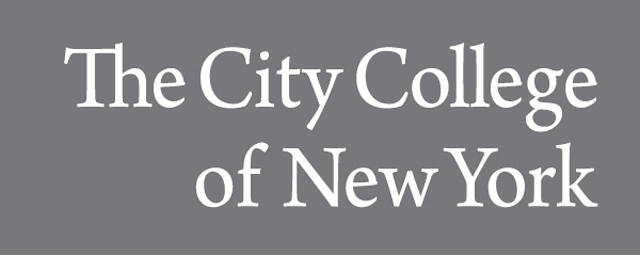
Publications and Research
Document Type
Article
Publication Date
4-16-2016
Abstract
In this paper, the impact of clustering multiple microgrids during blackouts, on their stability and supply availability, will be investigated. Microgrids have the capability of satisfying their emergency loads during blackouts. However, distributed energy resources (DERs)-dominated microgrids are affected by the uncertainty of their input energy supply, e.g. impact of solar irradiance on photovoltaic (PV) output. Moreover, an individual islanded microgrid is prone to instability issues due to large sudden load/generation changes. In order to increase the supply security, and enhance system stability, we propose to use the existing distribution grid infrastructure, if applicable, during blackouts to form microgrid clusters. The paper discusses the required control hierarchy required to manage the microgrid clusters, and communicate with the Distribution Network Operator (DNO). A case study based on the 13-bus standard distribution feeder, and two microgrid models, is presented. Results show that microgrids clustering helps improve their performance and that the microgrid generator inertia has a direct impact on the stability of the microgrid cluster.
Included in
Controls and Control Theory Commons, Electrical and Electronics Commons, Industrial Engineering Commons, Other Electrical and Computer Engineering Commons, Power and Energy Commons, Systems and Communications Commons, Systems Engineering Commons


Comments
Published in: 2015 International Conference on Smart Grid and Clean Energy Technologies (ICSGCE)